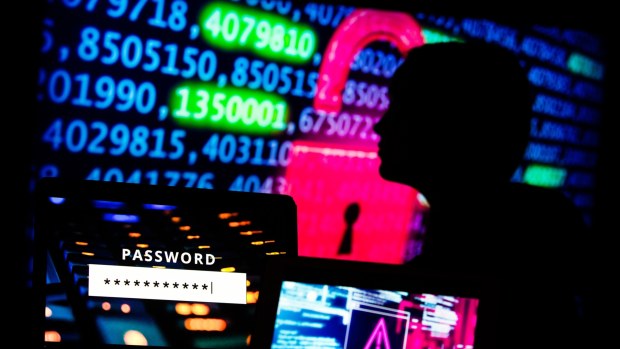The ATO failed to follow long-established rules requiring fair and reasonable treatment of taxpayers when considering JobKeeper enrolment disputes, the independent watchdog has found.
After Taxation Commissioner Chris Jordan last year promised flexibility for taxpayers and businesses caught in the fallout from COVID-19, Inspector-General of Taxation and Tax Ombudsman Karen Payne conducted a review of deferrals designed to allow JobKeeper applicants to enrol retrospectively for the $90 billion …
Tax professionals face a patchwork of economic assistance. Tamara Voninski “Applying the test of what is ‘fair and reasonable’ is vitally important to provide community confidence in the consistency of outcomes for taxpayers. This is one of the key conclusions highlighted in this latest report.” The review found the ATO did not consider...
ATO fails ‘fair and reasonable’ JobKeeper test: watchdog
Pentecostal church given $660,000 in jobkeeper, then returns 3,620% increase in profit
This report sets out the IGTO’s findings and conclusions following our tax complaint investigations of the Australian Taxation Office’s (ATO’s) administration of applicants’ requests to defer the due date for lodgement of JobKeeper enrolment notices (JobKeeper enrolment deferral), in accordance with:
- Section 388-55 of Schedule 1 to the Taxation Administration Act 1953(TAA 1953); and
- The Commissioner of Taxation’s instructions to ATO staff, practice statement PS LA 2011/15 Lodgment obligations, due dates and deferrals (PS LA 2011/15).
JobKeeper enrolment deferrals allow JobKeeper applicants to enrol for JobKeeper retrospectively and receive JobKeeper payments for fortnights prior to the fortnight in which the notice of enrolment is given to the Commissioner.
An Investigation into the ATO’s administration of JobKeeper enrolment deferral decisions
German finance ministry raided in money laundering probe Reuters
ALSO SCIENCE SHOULD BE QUESTIONED: Science And Politics Belong Apart.
Australian Cyber Security Centre report reveals ransomware incidents up 15% as cybercrime losses hit $33bn
The Psychological Study of Smiling - Association for Psychological Science: “A smile begins in our sensory corridors. The earcollects a whispered word. The eyes spot an old friend on the station platform. The hand feels the pressure of another hand. This emotional data funnels to the brain, exciting the left anterior temporal region in particular, then smolders to the surface of the face, where two muscles, standing at attention, are roused into action: The zygomatic major, which resides in the cheek, tugs the lips upward, and the orbicularis oculi, which encircles the eye socket, squeezes the outside corners into the shape of a crow’s foot. The entire event is short — typically lasting from two-thirds of a second to four seconds — and those who witness it often respond by mirroring the action, and smiling back…”
Inside the head of a ransomware attacker
Ransomware attacker Aleks likes to think of himself as a Robin Hood of the modern age, taking cash from faceless corporations to help feed his family.
Aleks, a hacker from Russia, uses malicious software provided by other cyber criminals in a ransomware-as-a-service model. He picks the product he wants, factoring in price, features and whether that particular ransomware is high-profile and might make it harder for him to fly under the radar.
Ransomware is fast becoming one of the biggest problems for businesses around the world. Bloomberg
Aleks was interviewed by a team at Cisco Talos, which focuses on cyber security and threat intelligence and was seeking to understand the motivations of some ransomware attackerswho operate on their own.
“I didn’t expect him to open up about his family so much,” Cisco Talos director of outreach Craig Williams said.
“But he kept trying to portray himself as almost like a Robin Hood character. He’s taking the money from these anonymous corporations in helping feed his family and he would tell us stories that we knew were false. We have data proving that they were false. But he would try and string along these narratives to make himself look benevolent.”
Ransomware attacks are estimated to have cost the Australian economy $1.4 billion in 2020, including ransom demand costs and average downtime of networks, according to security firm Emsisoft.
Ransomware attacks are generally motivated by financial gain. Attackers hack into a network or system, extract private and sensitive information then demand money from a company or individual in return for not releasing stolen data, or unencrypting blocked computers.
China determined to build iron ore hub in Africa as Australia goes Quad Nikkei Asia
China’s Hydropower Plan on the BrahmaputraThe Diplomat


